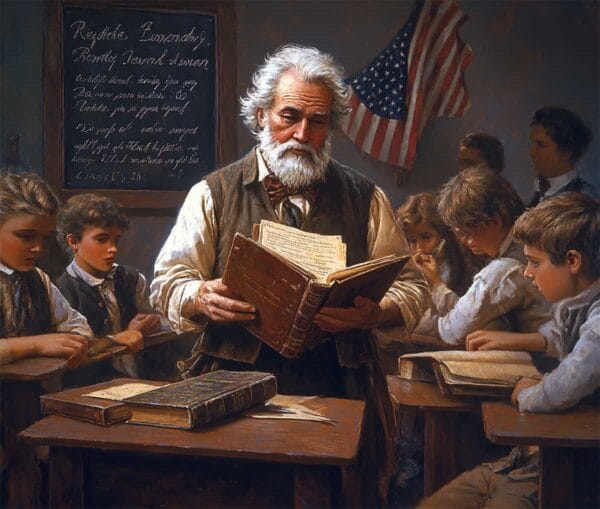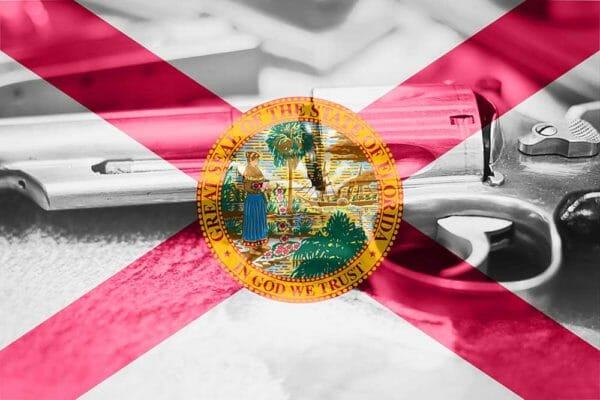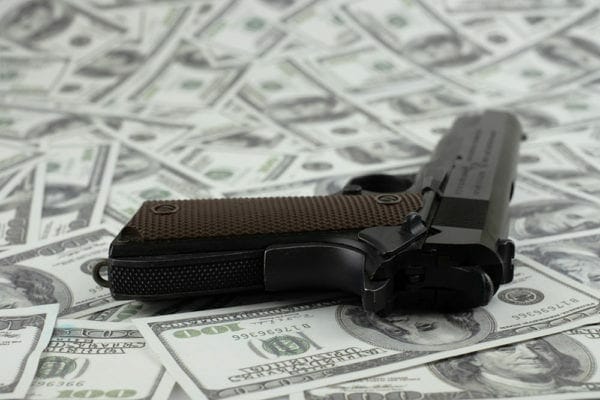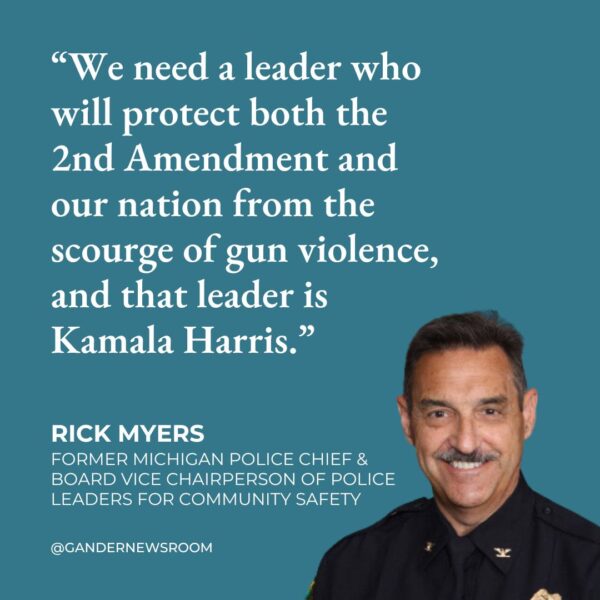
The 19th century was a time of significant legal and social discourse surrounding the interpretation of the United States Constitution, including the Second Amendment.
While today’s debates often focus on the modern context of gun ownership, the roots of these discussions are deeply embedded in the perspectives from that era. Examining some of the primary texts from the 1800s reveals not only the dominant legal thought of the time but also how these views shaped the current understanding of the Second Amendment.
Anna Laurens Dawes (1885): The Individual Right to Bear Arms
Add Anna Laurens Dawes, writing in 1885, among those who wasn’t a fan of concealed carry but did consider 2A to be an individual right that guards against tyranny.https://t.co/M41qUAeWPE pic.twitter.com/Nq6BxIFeLU
— Kostas Moros (@MorosKostas) April 10, 2023
In her 1885 work, Anna Laurens Dawes addressed the Second Amendment through the lens of self-defense and the prevention of tyranny. Despite her disapproval of concealed carry, Dawes still affirmed that the right to bear arms was, fundamentally, an individual right. She viewed the Second Amendment as a safeguard against government overreach, aligning with the broader understanding of the era that armed citizens were essential to maintaining liberty.
This acknowledgment is a far cry from modern arguments that suggest the Second Amendment only protects state militias; for Dawes, the right to own arms was personal and crucial for preserving freedom.
Laura Donnan (1900): Teaching the Youth About Constitutional Government
By the turn of the 20th century, Laura Donnan wrote in “Our Government Brief Talks to the American Youth on Our Governments, General and Local,” highlighting the importance of educating young Americans on the principles of governance. Donnan echoed similar sentiments about the Second Amendment, presenting it as a fundamental right for individuals while framing the right within the context of civic responsibility and constitutional structure.
The importance of an armed citizenry was often linked to preserving democratic governance, a common theme in post-Civil War America.
Charles Chadman (1899): A Clear Analysis of Constitutional Law
Charles Chadman’s 1899 book, Constitutional Law, Federal and State, provided a more legalistic analysis of the Second Amendment. In this text, Chadman made a clear distinction that the right to bear arms was enshrined in the Constitution not only for individual self-defense but also as a fundamental component of safeguarding the nation against tyranny.
Legal texts like Chadman’s emphasized the relationship between individual rights and federalism, underscoring that these rights were applicable at both state and national levels.
Andrew White Young (1880): A Youth’s Manual of Constitutional Government

In The Government Class Book, written by Andrew White Young and Salter Storrs Clark in 1880, the authors took a practical approach to educating young Americans about their constitutional rights. This book aimed to provide clear instruction on how the Constitution functioned in daily life, and the Second Amendment was no exception. Young and Clark treated the right to bear arms as a given, essential to the framework of constitutional liberty and protection.
Much like Dawes and Chadman, the authors framed the Second Amendment within the broader context of an individual’s duty to maintain a free state, emphasizing both the responsibility and the right of each citizen to defend their liberties.
The Legacy of 19th Century Interpretations
These texts from the 19th century collectively reinforce the idea that the right to bear arms was widely understood as an individual right. Moreover, these views were often couched in the idea that this right was necessary for safeguarding against government overreach.
While some, like Dawes, expressed concern about the practicalities of concealed carry, the overall consensus in legal and educational discourse was that the Second Amendment was a fundamental and personal right.
Today’s debates about the Second Amendment often hinge on whether it protects individual rights or only the rights of state militias. However, these 19th-century texts demonstrate that the individual-rights interpretation has deep roots in American legal and cultural thought. From legal analyses like Chadman’s to youth educational manuals like Donnan’s, the prevailing view was that an armed populace was crucial to the preservation of liberty—a perspective that continues to inform pro-gun advocates in contemporary discussions.
By revisiting these 19th-century sources, it becomes clear that the debate over the Second Amendment is not a modern invention. Rather, it has been an ongoing conversation for over a century, with strong precedent for the interpretation of the right to bear arms as an individual and essential liberty.
History fans, the above highlights are just the tip of the bucket. Please read Kostas Moros’ entire thread on 19th-century Views of your Right to Keep and Bear Arms.
This thread covers 19th century views on the Second Amendment. It’s a revised version of a prior thread, with the biggest change being the links to most of the sources, as well as some corrected typos.
This first excerpt is from William Rawle.https://t.co/Zyy0zgajy9 pic.twitter.com/FIpWcfbQJ9
— Kostas Moros (@MorosKostas) April 10, 2023
from https://ift.tt/eArJLhO
via IFTTT







 (@americasgreat)
(@americasgreat) 








